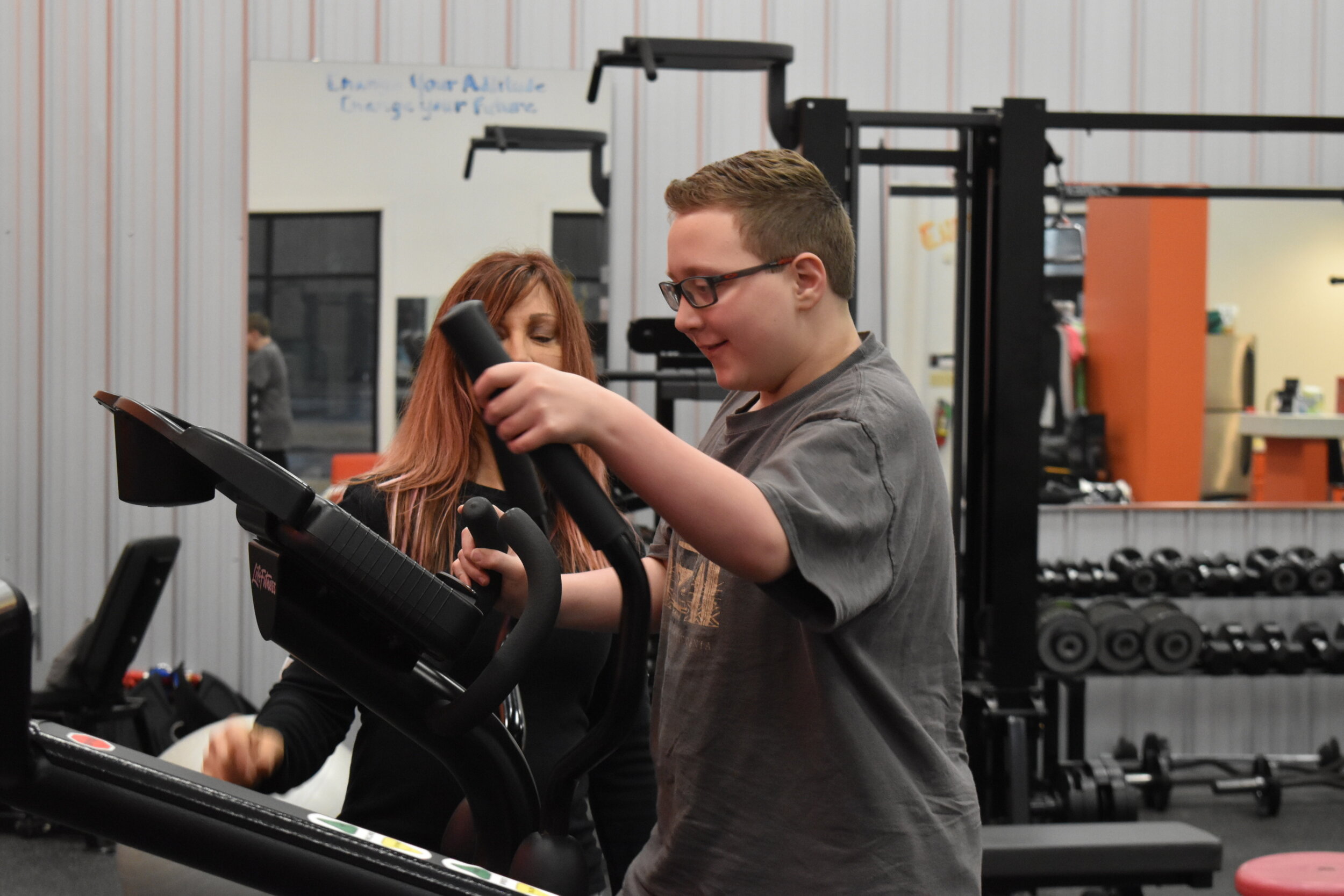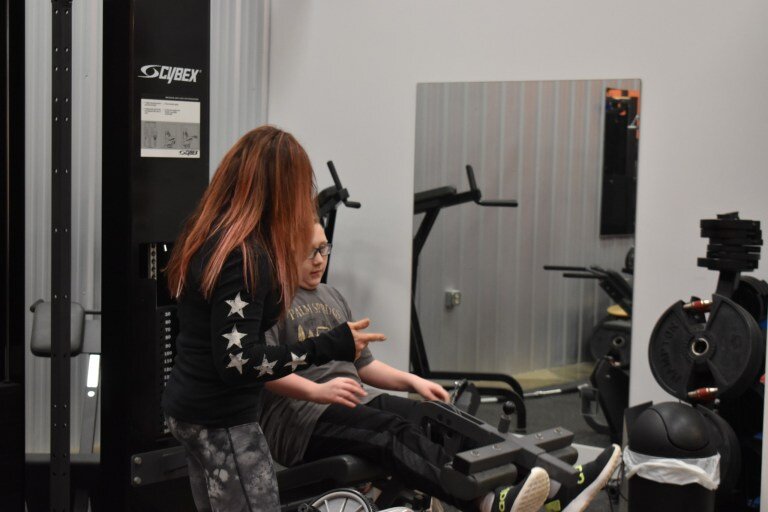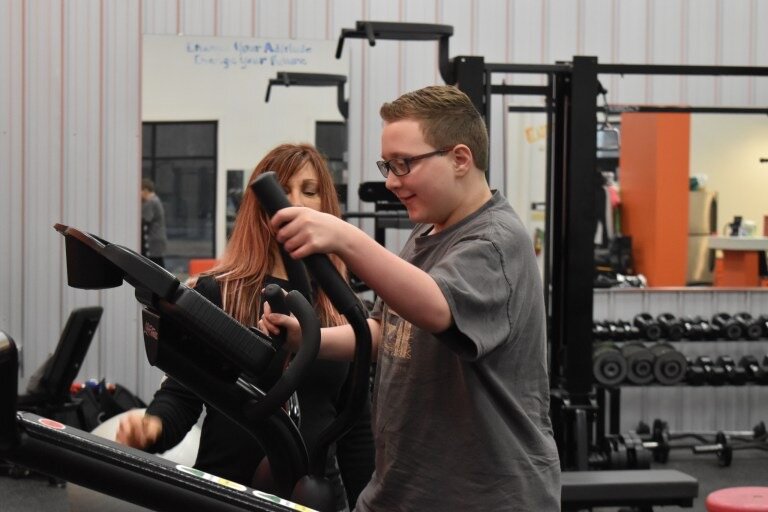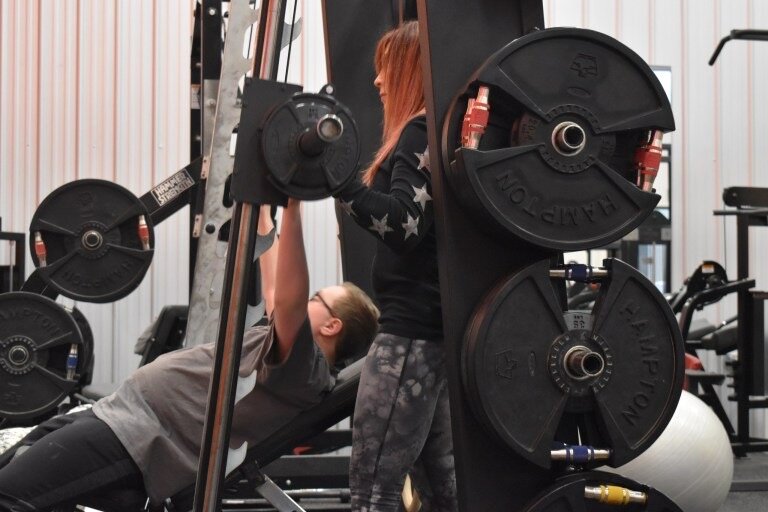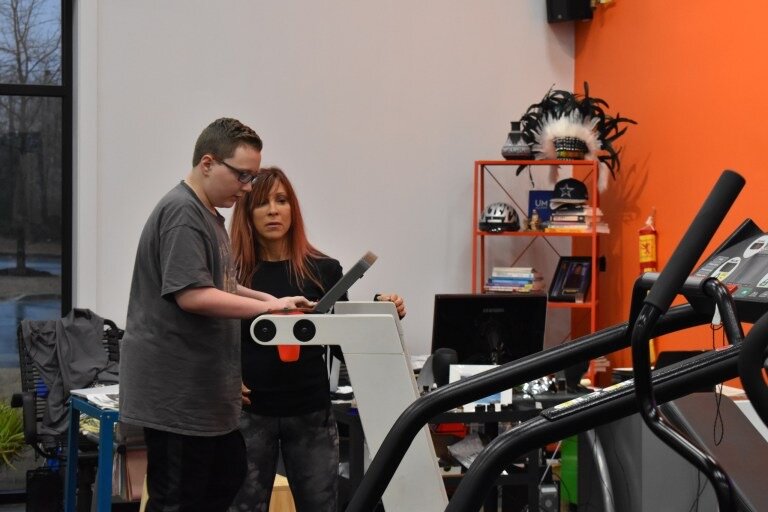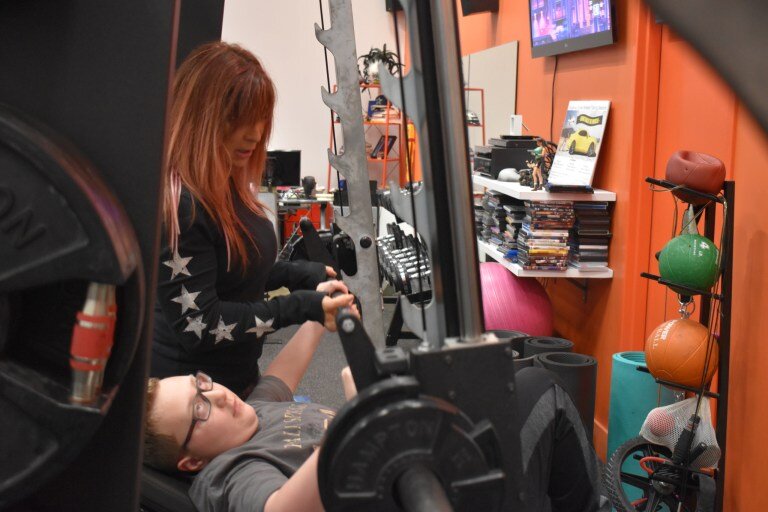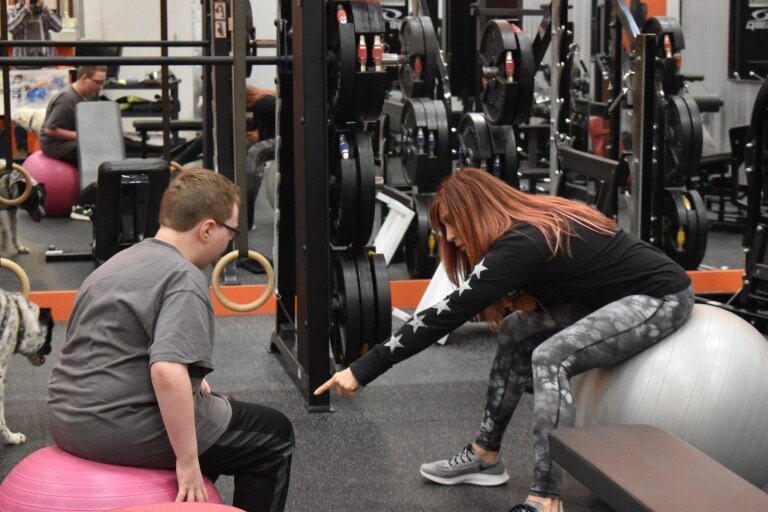Bartlett trainer creates specialized gym for people with Autism
originally published March 2, 2020 in the Memphis Mirror
By Skylar Oliver
Davis Curtright, a 10-year-old autistic boy, struggled when trying to participate in sports with more non-ASD children.
Davis’ mother worried that he was spending too much time indoors. “Autistic kids have a hard time participating in organized sports,” Jenny Curtright said. “You cannot expect an autistic kid to participate in sports with kids that are typical. It just doesn’t work that way.”
People with autistic spectrum disorder typically, often referred to as ASD, struggle with physical fitness and sports and many face problems with their motor skills, coordination, and balance.
One woman in Memphis has chosen to help people like Davis. Donna Tschopp is an exercise physiologist and autism exercise specialist who has owned a personal training center in Memphis, Dangerous Fit, for 22 years.
Through most of her career, Tschopp focused on exclusive training sessions with more high-profile clients, but the idea to train people with ASD came to her about a year-and-a-half ago.
“I have the need to change people’s lives for the better,” she said. “It was brought to my attention that the autistic community had a great need for a place to go for recreation and I started to think there was no place for them to go for exercise.”
Training people with ASD takes a lot of patience and care. A recent study published by the Interactive Autism Network showed that children with ASD scored very poorly in their abilities to balance and catch a ball compared normally developed children and children with attention deficit hyperactivity disorder.
Children with ASD also suffer with poor communication, social skills, and behavior. Because of these behaviors and lack of skill many children with ASD are not able to participate in the normal sports and activities most kids are able to while growing up.
In situations where a person with ASD has to follow many rules and interact with many other individuals at once, they tend to get overloaded.
The environment inside a gym is able to be controlled a lot more than the environment out on a sports field. The child cannot run away, music and temperature can be controlled, and the trainer can limit the amount of people inside.
“My environment is perfect for this type of clientele,” Tschopp said. “I can turn the lights down, I can play music or have no audio at all, and there are no other people there that could be in our way.”
The environment when training is designed to meet the needs of each individual. “I think this environment is better than an autistic individual trying to learn in a school setting with many other people and distractions around,” Tschopp explained.
Tschopp’s first client was Davis. His mother and grandmother, Mary, have been bringing Davis to his training sessions for about four weeks.
“It makes him feel like he is doing something that is helping him. He feels like he can achieve it, so he doesn’t give up,” Jenny Curtright said.
She also said they have already seen improvements in Davis since he began his training like the change in his weight” “I think he’s already slimming up. We were concerned because he had gotten kind of thick. He really wasn’t exercising at all. He likes it, he has fun, and he likes to come.”
Tschopp is currently organizing training sessions at her gym in Bartlett, but her goal is to have a new facility designed and built exclusively for members of the ASD community. She hopes to have this gym up and running within the next year.
click HERE for the full article and audio interview
Visit the website for DangerousFit


